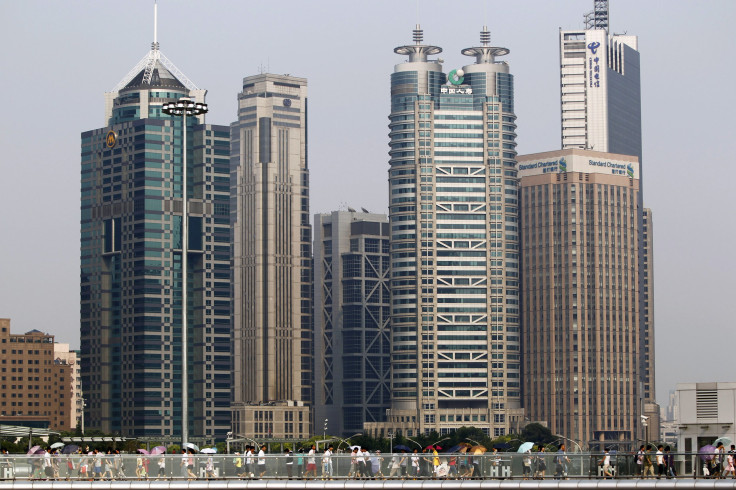March Inflation Rate Shows Sharp Slowdown In China

China's annual consumer inflation eased markedly to 2.1 percent in March from February's 3.2 percent while producer price deflation deepened, the government announced Tuesday morning.
Food price inflation, which had surged to 6 per cent year on year in February, fell back to a pace of 2.7 per cent.
The National Bureau of Statistics said China's producer prices dropped 1.9 percent in March, faster than February's annual drop of 1.6 percent.
The figures leave policymakers room to keep monetary conditions easy and nurture a nascent recovery.
"Lower inflation will greatly ease investors' concerns that the policymakers would begin to tighten monetary conditions," Haibin Zhu, chief China economist at JP Morgan in Hong Kong, told Reuters.
Much of the drop in the headline CPI was explained by a drop in food prices, which economists say are normalizing after a seasonal spike from the Lunar New Year holiday.
The data is likely to reduce the anxiety building among some investors that China's policymakers may begin tightening monetary conditions at an early stage in the recovery cycle.
"We think the inflation outlook remains benign. If you look at the overall demand picture, China is recovering but the pace is still very gradual which means inflation is not a near-term concern," Sun Junwei, China economist at HSBC in Beijing, told Reuters.
Beyond the seasonal rise and fall in prices caused by the holiday, Chinese inflation has remained mild this year. The average increase in consumer prices in the first quarter was 2.4 per cent, up only a little from the final quarter of 2012, the Financial Times reported. Analysts said the subdued inflation was a reflection of how the Chinese economic recovery has been steady but unspectacular.
As consumer demand increases and excess capacity in industry is trimmed, prices are likely to rise in China, but these trends have been progressing more gradually than many economists had predicted at the start of the year.
“Overall, the recovery has been moderate which helps to rein in the inflation pressure from the demand side,” Jian Chang, an economist with Barclays, told the FT. “Recovery means a continued rise, so we have been saying it looks more like a growth stabilization, a gradual and moderate improvement.”
After bottoming out at 7.4 per cent annual growth in the third quarter of 2012, China rebounded to 7.9 per cent in the fourth quarter and is expected to have narrowly topped that pace in the first quarter. Beijing will report its first-quarter gross domestic product next week.
The Chinese central bank has drained cash from the economy for seven straight weeks since the Lunar New Year holiday ended in mid-February, helping to counter inflationary pressure and keep growth from overheating. While the withdrawals have been moderate, they have made clear that the central bank has shifted to a slight tightening bias after injecting cash in the financial system in the second half of last year to support the economic recovery.
Zhou Xiaochuan, governor of the People’s Bank of China, said last month he was “on high alert” against prices increases and added that experience had taught him not to delay the fight against inflation.
The Chinese have warned that monetary easing by the U.S. and Japan could send waves of hot money into emerging markets, fueling inflation.
There is evidence that China has already been on the receiving end of major capital inflows since late last year. A record amount of foreign currency entered the country’s financial system in January and analysts say the central bank has had to step up its interventions in the foreign exchange market to keep the renminbi from appreciating.
© Copyright IBTimes 2024. All rights reserved.




















